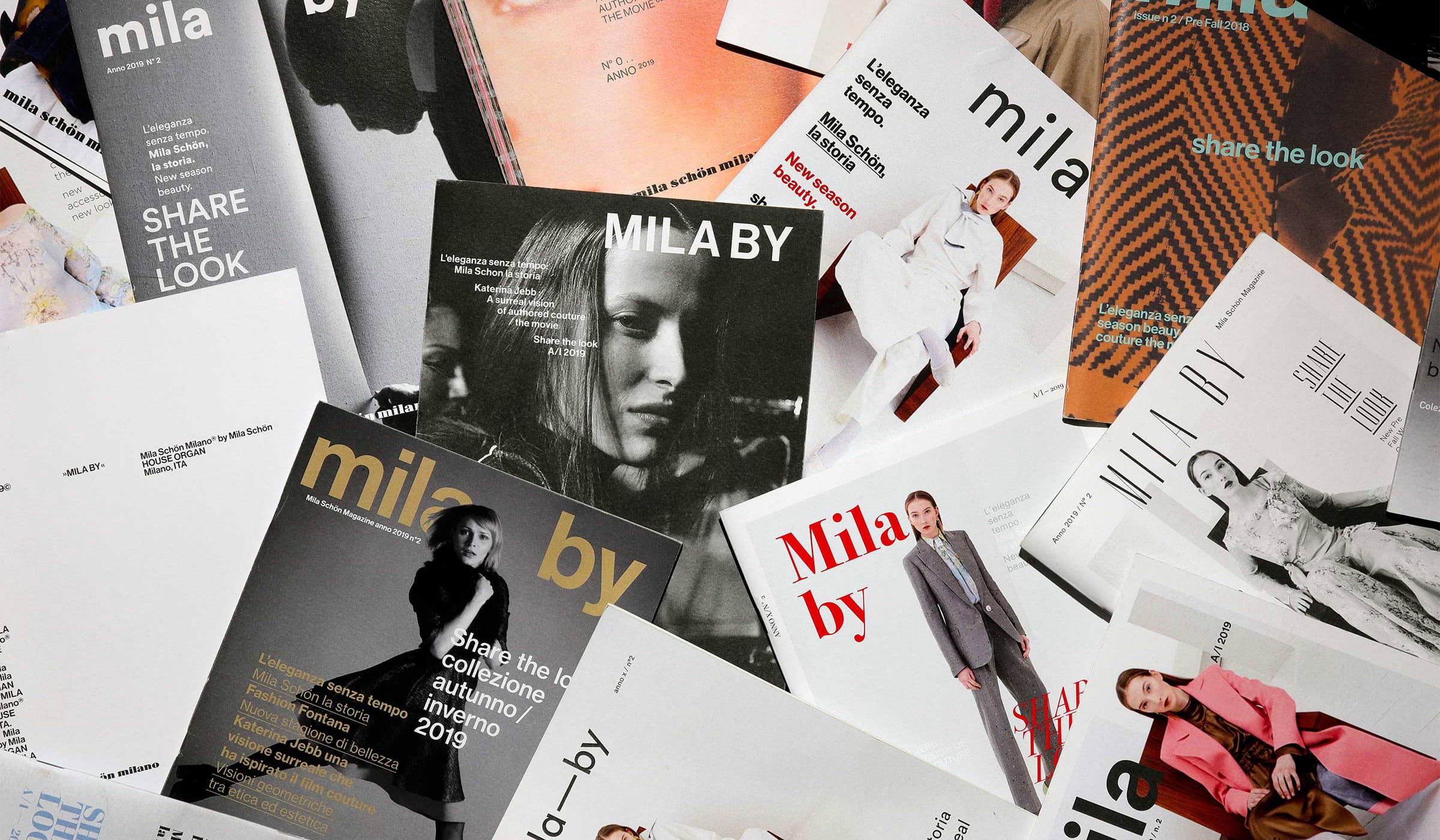BACHELOR’S DEGREE IN PRODUCT AND INTERIOR DESIGN

The continuity between product design and interior design traces back to the tradition of Italian design, and in recent years, the boundary between these two areas has become increasingly fluid. Environments, people, and furnishings establish reciprocal relationships, create evolving scenarios, and interpret new needs and lifestyles. The Product and Interior Design Program aims to train professionals with a comprehensive vision and a well-rounded cultural background, artistic sensitivity, and technological expertise, in order to provide innovative solutions to the demands of the market.
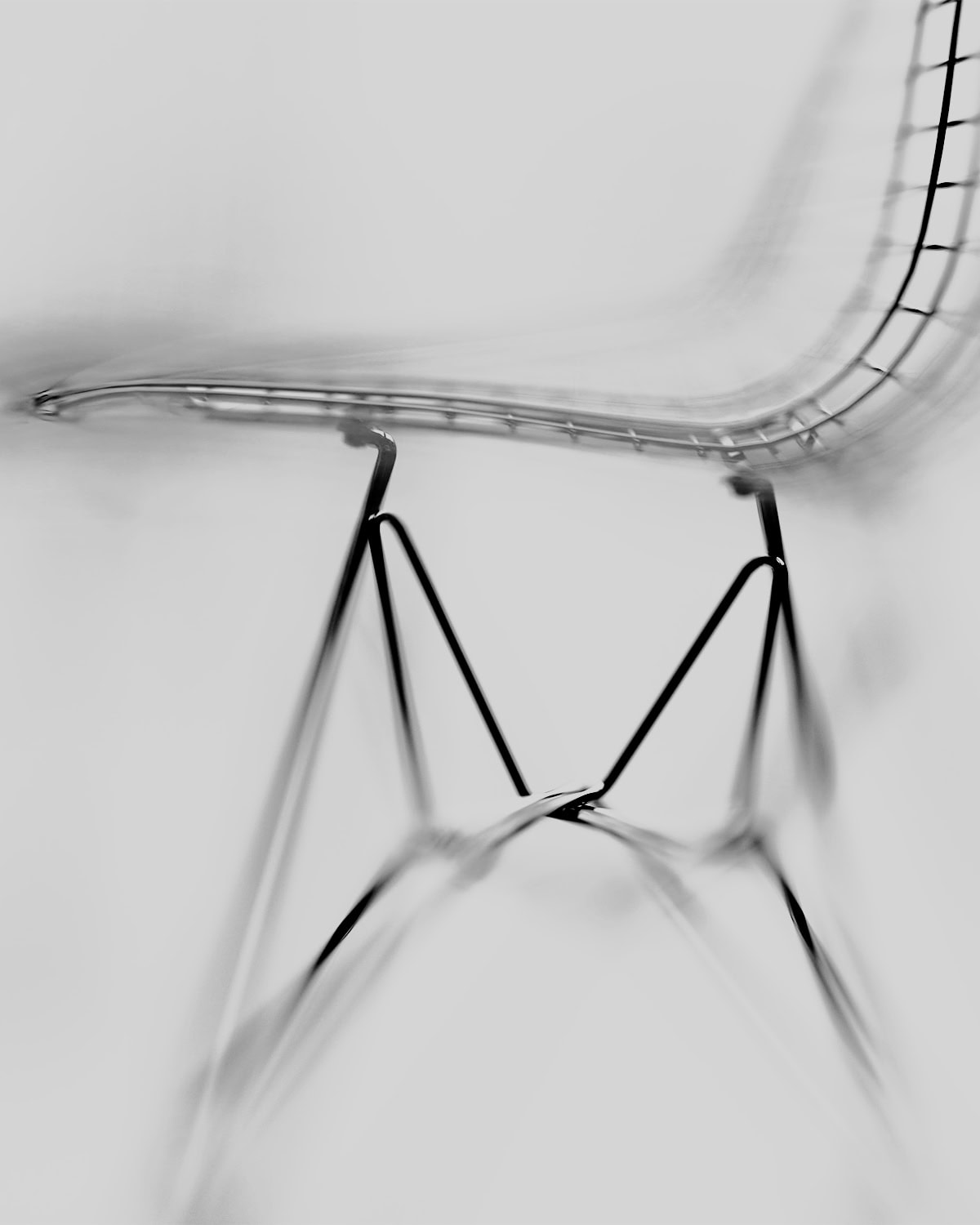
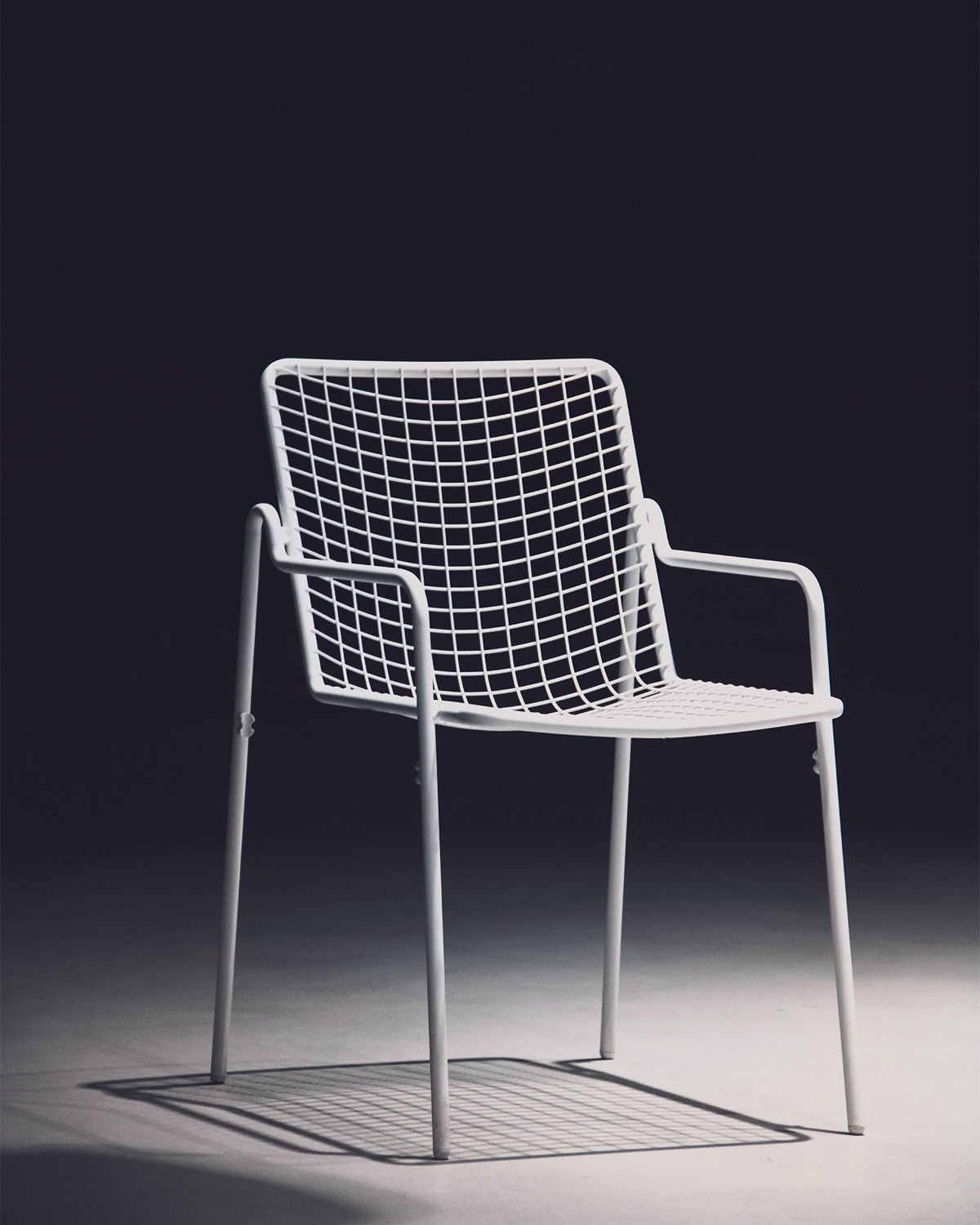
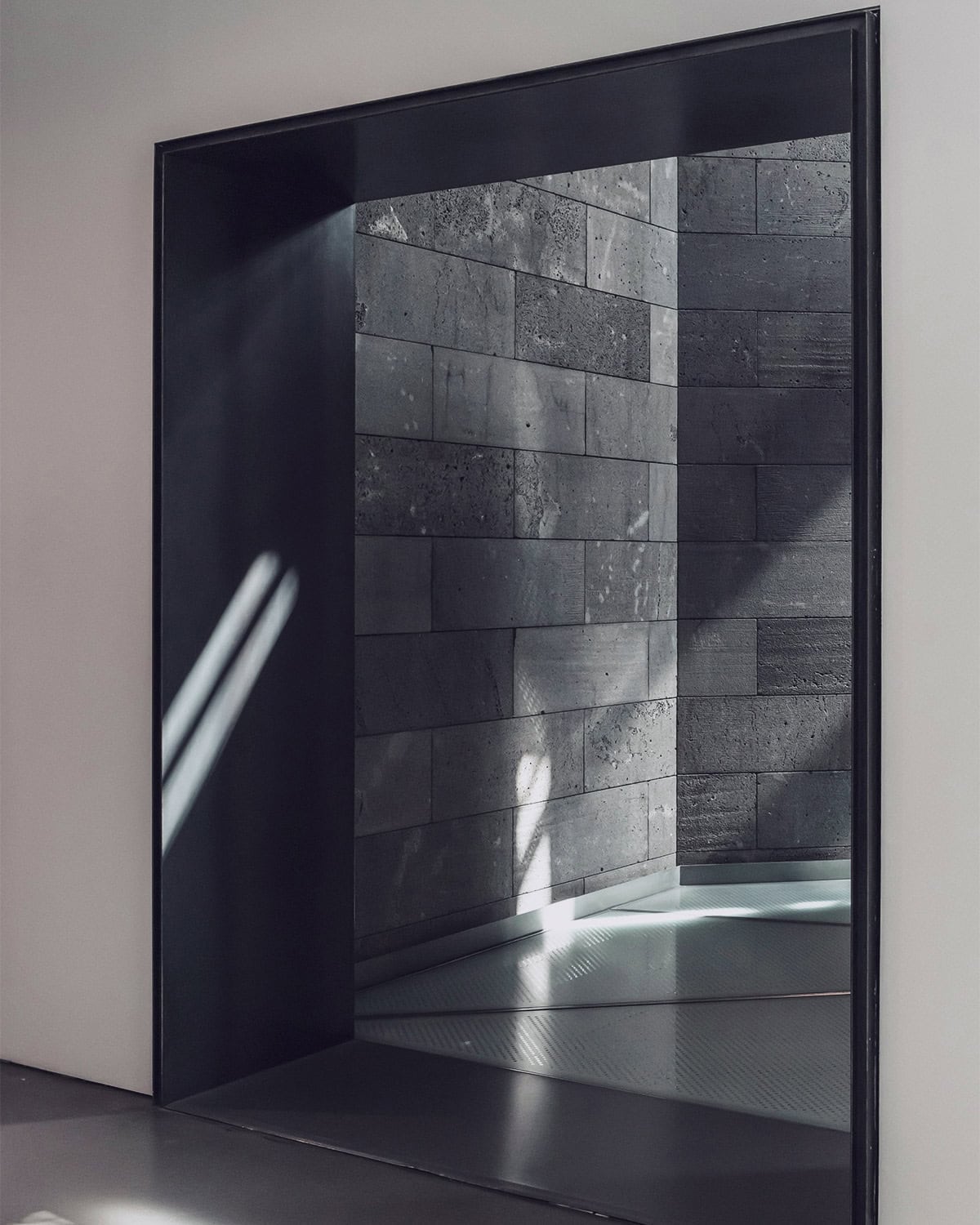
The three-year program in Product and Interior Design aims to train professionals skilled in rethinking and designing the spaces and objects that define contemporary living, integrating aesthetic, functional, and technological aspects. Through this program, students acquire the competencies necessary to design both living spaces and the products that enrich them, with the goal of meeting the demands of modern life. This combination of interior and product design reflects the richness of the Italian design tradition, known for its focus on aesthetics, functionality, and innovation.
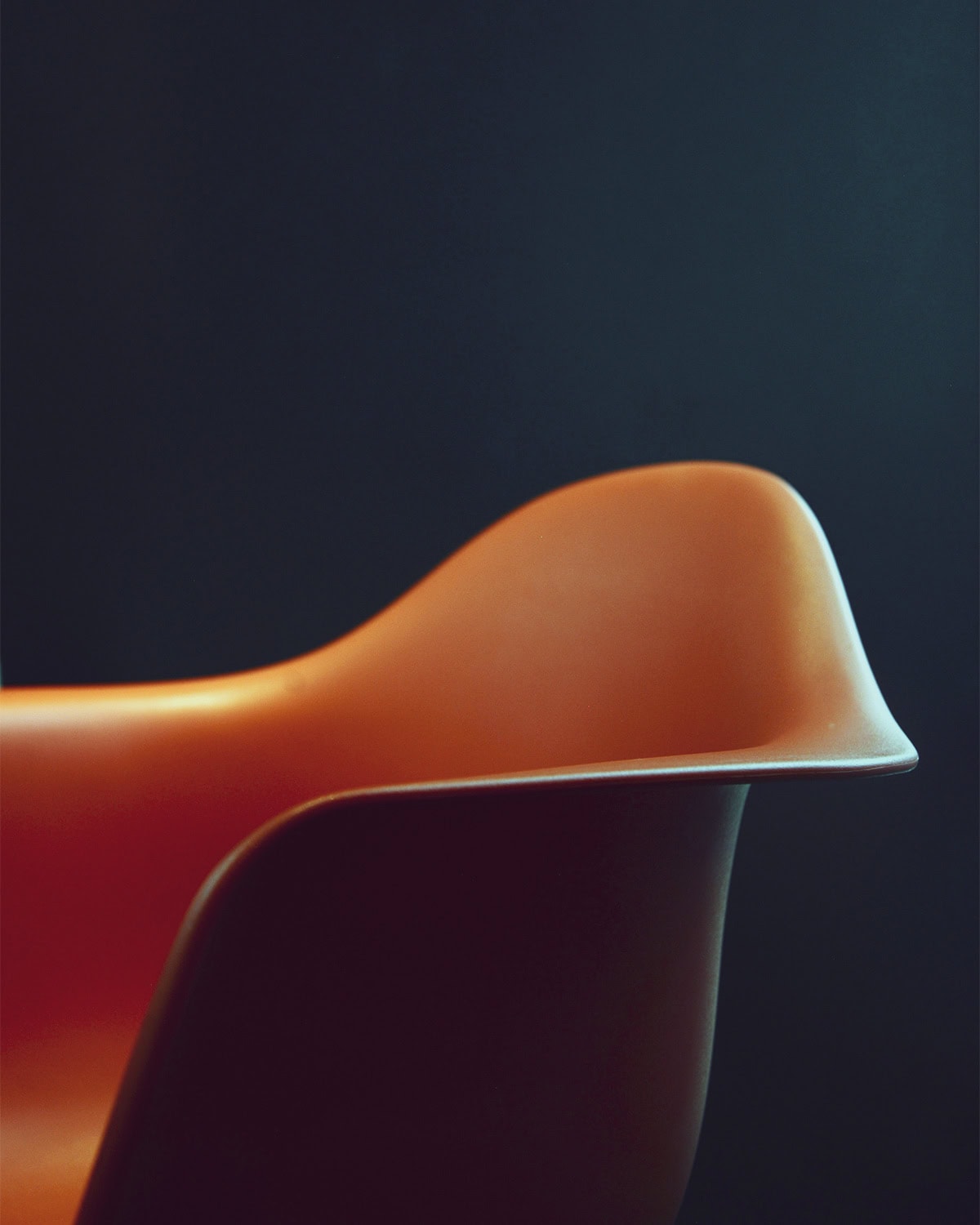
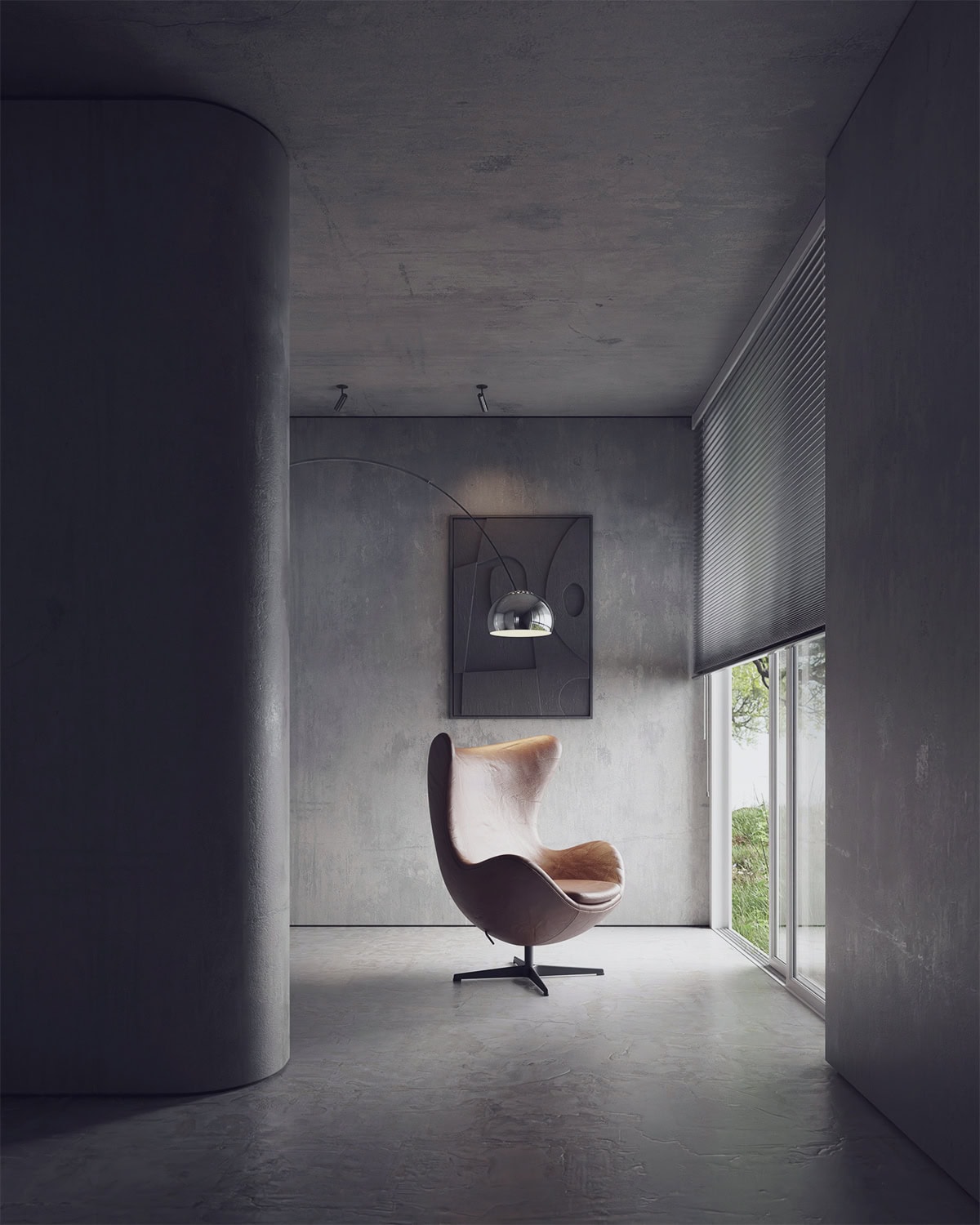
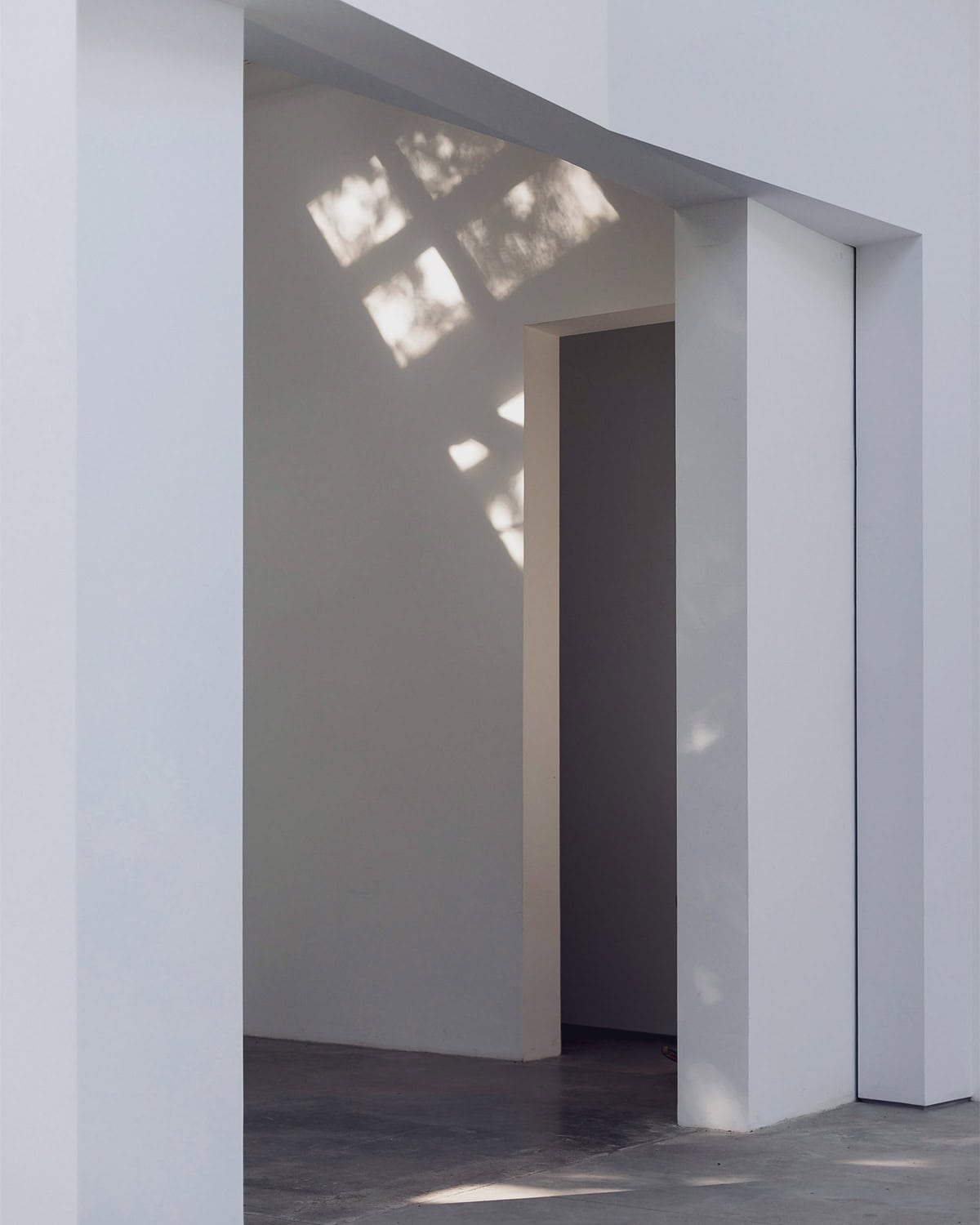
Requirements
To be admitted to the Bachelor’s Degree Program in Product and Interior Design a, applicants must hold a high school diploma or an equivalent qualification obtained abroad that is recognized as valid. Students holding a diploma in artistic high school, applied arts high school, license from an institute of art, experimental artistic high school, technical diploma for surveyors in construction, environment, and territory, or a professional diploma in industry and craftsmanship with a specialization in furniture and interior furnishings are eligible for direct admission based on their qualifications. For students with a high school diploma in a non-artistic or unrelated field, or an equivalent qualification obtained abroad, admission is contingent upon passing an entrance exam. This exam consists of a motivational interview and an assessment of the basic knowledge required to successfully complete the program. The evaluation of basic knowledge may be conducted through a technical test (either in-person or online) or by reviewing and discussing a portfolio.
Uno degli aspetti distintivi del Corso è l’approccio interdisciplinare, che mette in dialogo il design degli interni e il design dei prodotti. All’interno del Corso gli studenti avranno infatti l’opportunità di esplorare i diversi ambiti del product design, imparando a progettare oggetti sempre più complessi, tenendo conto di tecnologie e materiali, con un’attenzione particolare alla sostenibilità e all’innovazione.
Contemporaneamente si applicheranno all’analisi degli spazi quotidiani, come ambienti residenziali, commerciali, lavorativi e ricettivi, imparando a progettare spazi funzionali e accoglienti, tenendo conto non solo dell’estetica, ma anche delle esigenze pratiche ed ergonomiche degli utenti, per arrivare allo sviluppo di un approccio olistico al design lavorando a progetti che combinano la progettazione di uno spazio con la creazione degli oggetti che lo completano. Questa capacità di integrare interior e product design è un tratto distintivo dei professionisti formati dal Corso, che li rende versatili e in grado di affrontare le sfide del mercato contemporaneo.
One of the strengths of the program is its focus on practical experience and hands-on learning. Through a “learning by designing” approach, students work on real projects, both individually and in teams, experiencing every stage of the creative process, from conception to execution. This methodology allows students to acquire both technical and design skills, while also developing organizational and managerial abilities such as project management and time management.
Additionally, students will have the opportunity to learn the software and technical tools necessary for project representation, including technical drawing, sketching, and 3D modeling programs commonly used in professional studios. Direct contact with the professional world is another key element of the program. Students have the opportunity to participate in thematic workshops and internships at companies in the North East of Italy, one of the most vibrant and innovative regions for design and manufacturing industries. This allows them to engage with real business environments and gain a deeper understanding of market dynamics and client needs
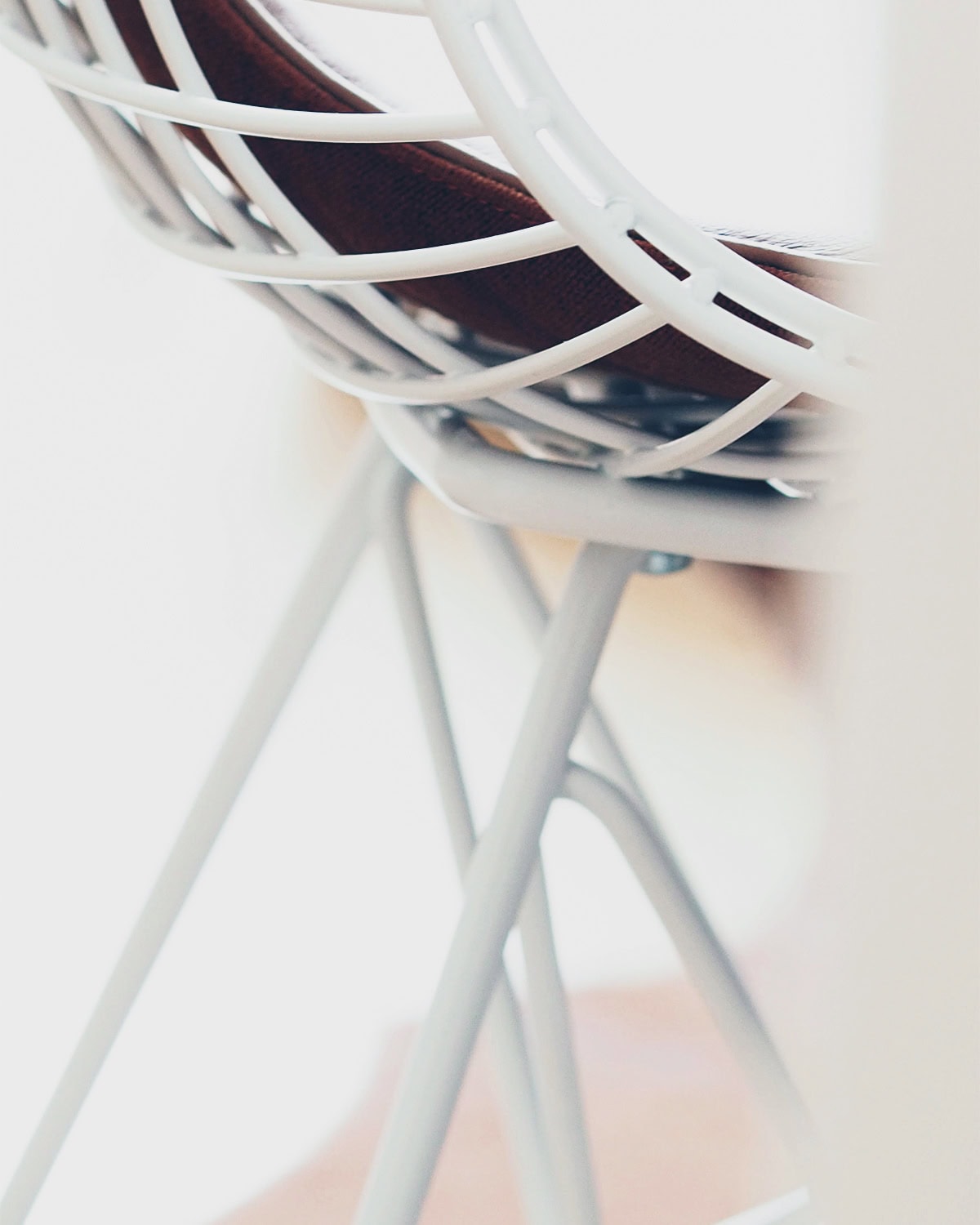
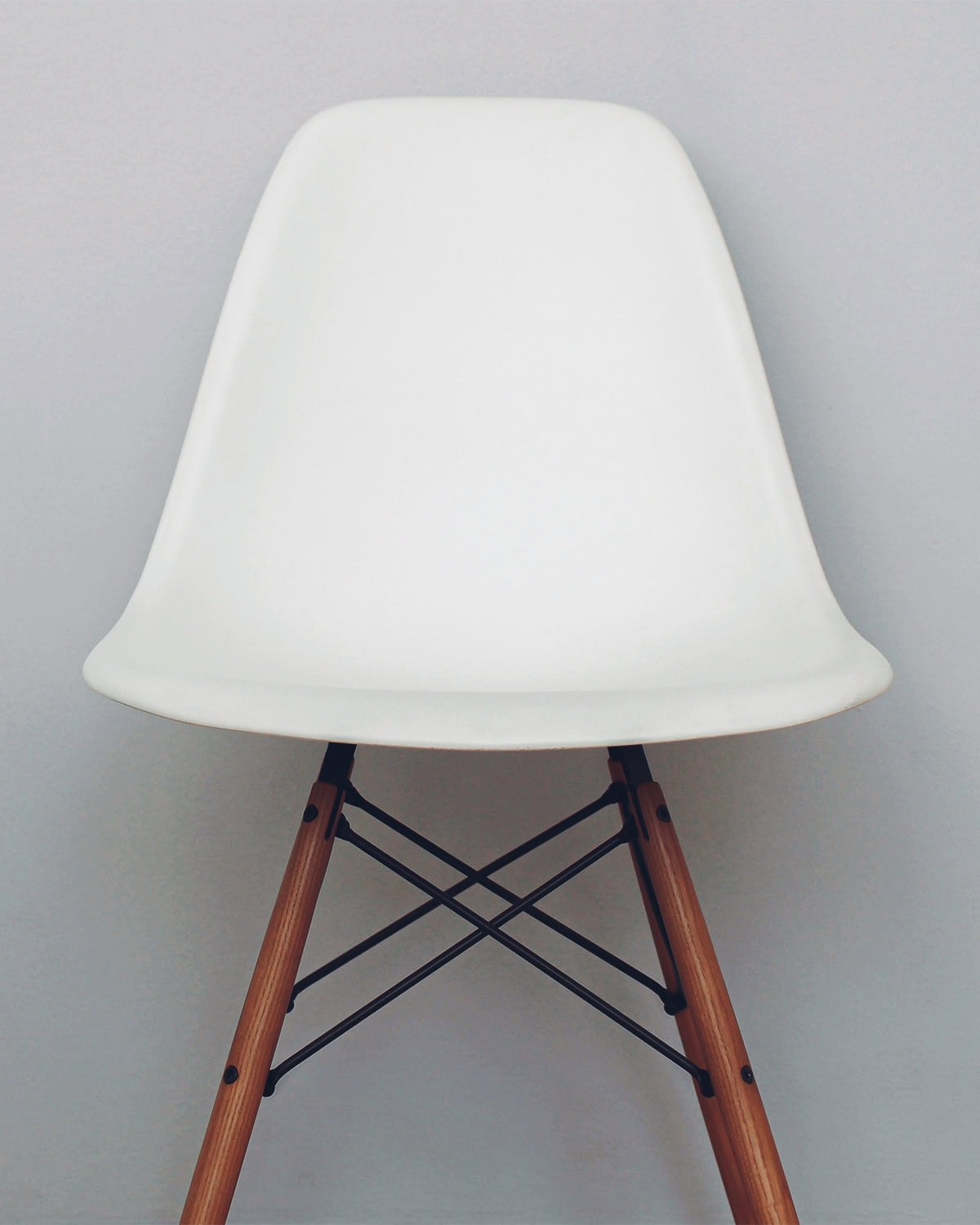
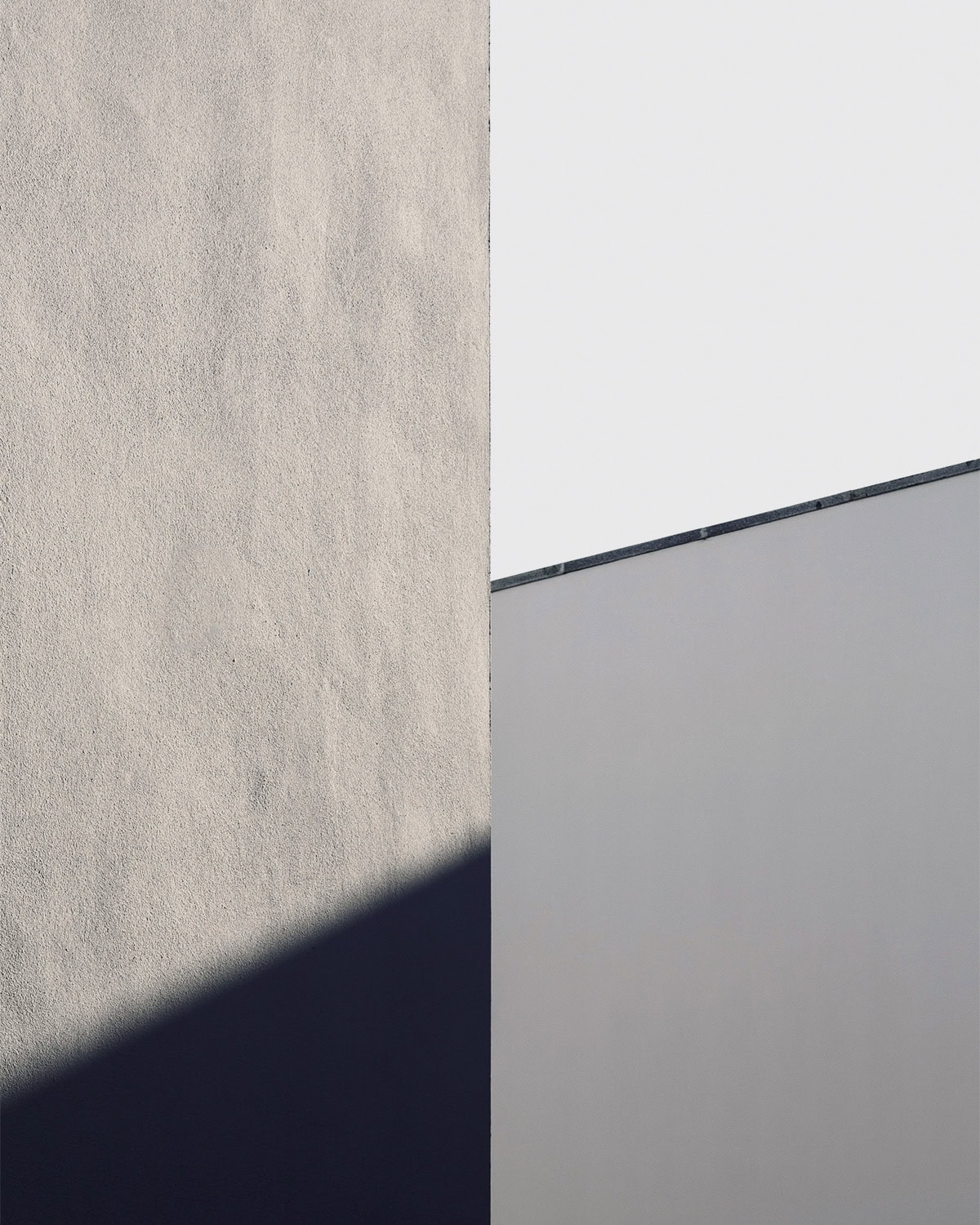
Graduates of the BA in Product and Interior Design can join design studios specializing in either product or interior design, start to work with one of the many Italian and international companies which use design as a tool to create brand awareness and overcome competition.
They can open their own independent practice or continue their studies applying to Masters of Arts Degrees in Italian or International Universities.
Serena Selva
Alberto Missoni
Alessandro Vassia
Barbara Candoni
Claudia Barberi
Davide Bon
Diego Ersetig
Eleonora Castellarin
Elisa Barile
Fabio Cussigh
Federica Deganutti
Filippo Saponaro
Giovanni Tirelli
Kurt Stapelfeldt
Lorella Agnoletto
Marco Tessarolo
Mark Anderson
Marta Lorenza Naddeo
Nicla Indrigo
Nicola Benedet
Nicola Nanut
Paolo Puntin
Pasquale Restucci
Roberto Paparotto
Simona Maccagnani
Sylva Gortana
